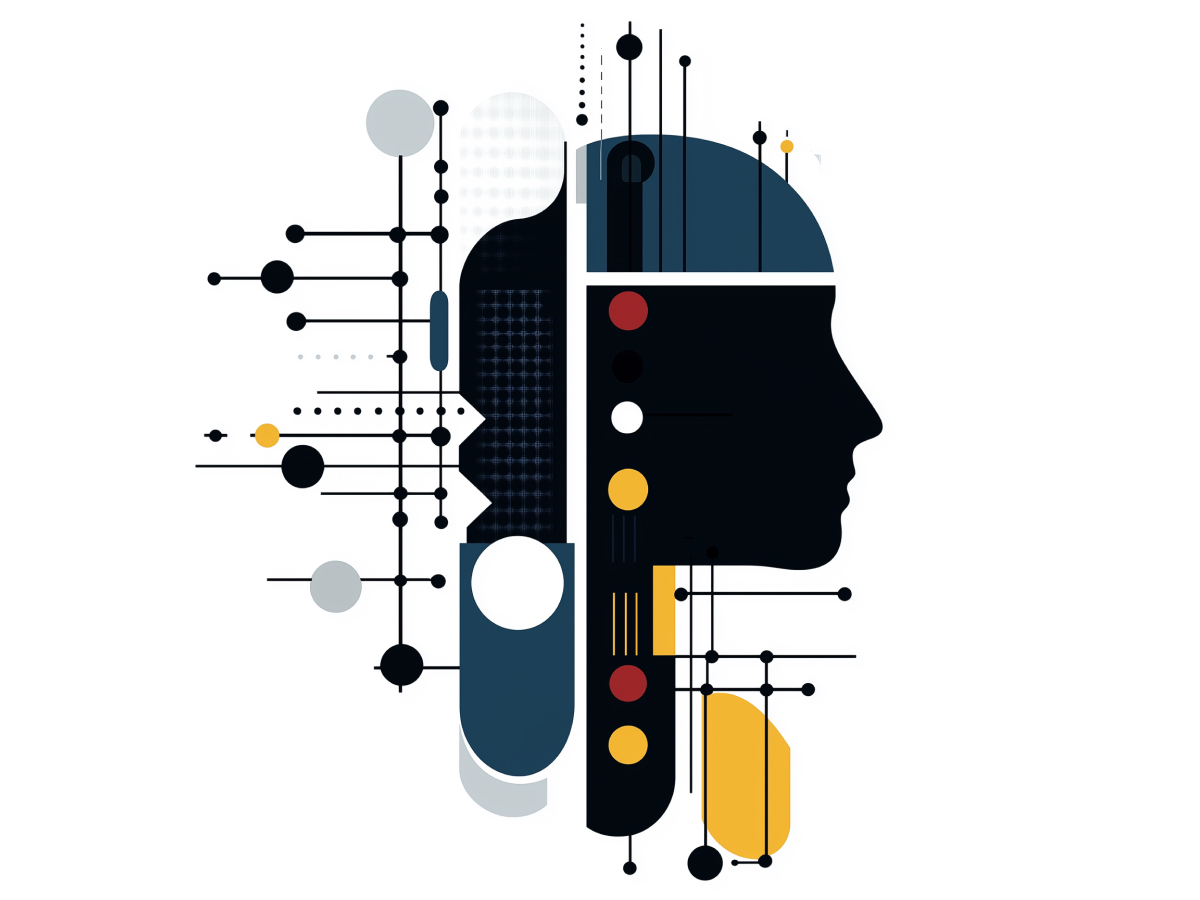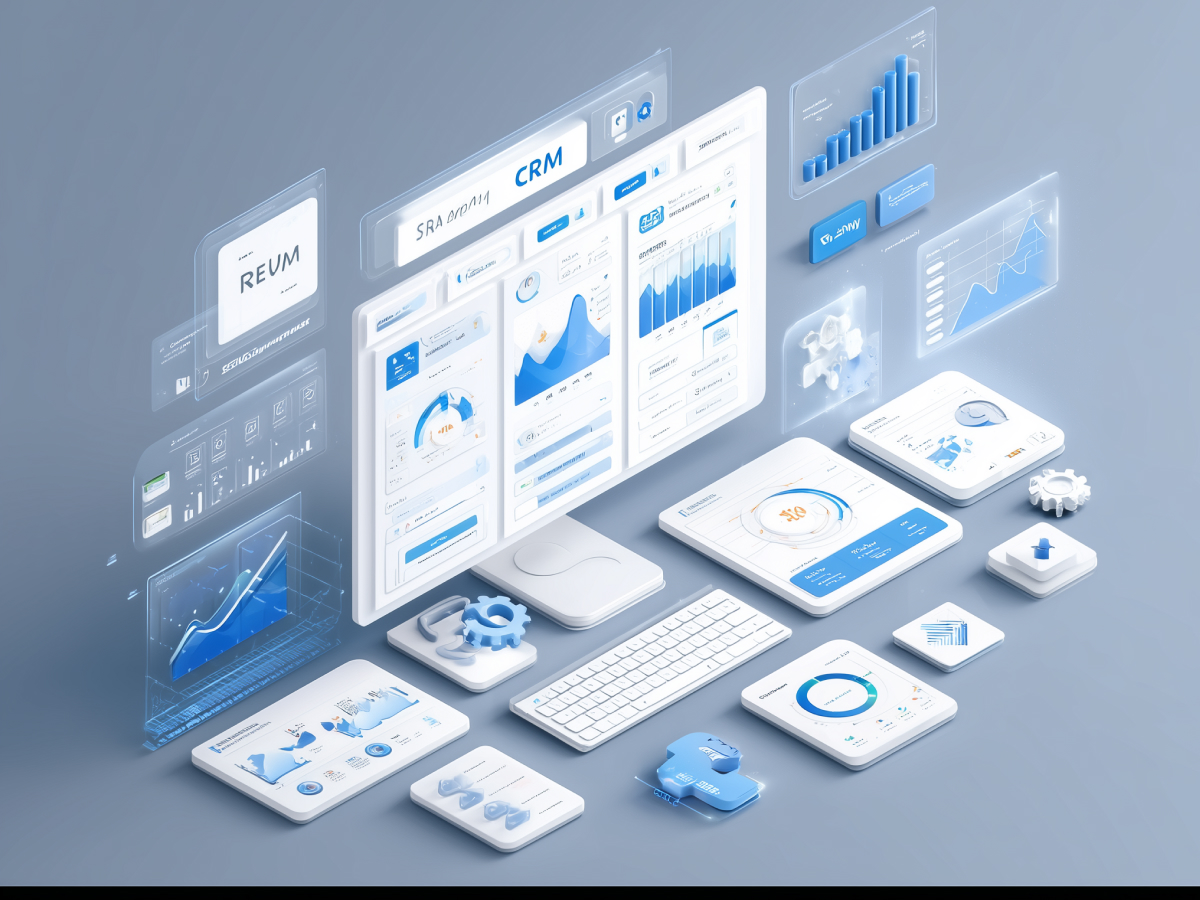Agentic AI refers to autonomous systems that independently pursue user-defined goals
The shift from reactive AI to autonomous systems marks one of the most critical transitions in modern tech. Agentic AI represents this shift. These systems operate with purpose. You give them a goal, and they work toward it with minimal human oversight.
Let’s be clear. Generative AI, what most people are familiar with, waits for inputs and generates responses: a paragraph, a line of code, a graph. That solves for immediacy but not ownership. Agentic AI systems are different. You tell them what outcome you want, resolve a customer complaint, manage a logistics issue, or monitor compliance risk, and it dynamically plans and executes a series of actions to reach that outcome. It doesn’t wait for your next instruction every five seconds.
This is about AI systems with enough self-directed logic to handle compound tasks and adapt to new information as they go. Enver Cetin, an AI expert quoted in Harvard Business Review, summarized it well: Agentic AI understands both your end goal and the context shaping the task. That’s essential for high-stakes operations, whether it’s in automotive, energy, health tech, or financial services.
C-suite leaders should take this seriously. Agentic AI doesn’t replace decision-makers; it multiplies their capability. Autonomy over execution means faster outcomes, higher efficiency, and less drag on people’s time. It takes the friction out of action.
Agentic AI marks a significant progression by enabling the automation of complex workflows
The market has already seen tools like GitHub Copilot that assist with writing code or summarizing documents. These are useful, but they still require human steering at each step. Agentic AI removes that limitation. It executes multi-step workflows end-to-end.
Think about business operations. Replacing manual reporting, coordinating multiple internal tools, syncing departments, all this still strains teams. Agentic AI systems handle those layers autonomously. They wedge themselves into the function and streamline the flow.
This matters especially for non-technical leaders or divisions that rely on IT bottlenecks just to innovate. With agentic AI, low-code and no-code workflows now go deeper. They don’t stop at assembling logic, they execute full intent. For technical leaders, this also expands your reach. You can prototype, test, and scale entire systems without code-level intervention every step of the way.
For executives managing scaled operations, this can reduce dependency on narrow roles, boost adaptability mid-process, and enable broader experimentation. If your teams are stuck handed off between departments or tools, you’re leaking velocity. Agentic AI closes that gap with real autonomy.
Agentic AI systems exhibit enhanced cognitive reasoning, reducing the risk of output inaccuracies known as hallucinations
One of the biggest friction points for enterprises using generative AI is trust. When a system can fabricate facts or pull irrelevant data without oversight, it undermines confidence and forces people to double-check everything. Agentic AI changes that dynamic. It’s built to reason, meaning it can weigh information, prioritize sources, and get closer to factual, goal-driven outcomes.
According to the Harvard Business Review, agentic systems show “greater cognitive reasoning,” which translates to better differentiation between credible and low-quality data sources. That means fewer hallucinations, less noise, and more precise execution. You’re getting decisions that hold up under scrutiny.
If you’re overseeing a company where automation touches sensitive areas, compliance, finance, critical customer interactions, this matters. Reliability is mandatory. Agentic AI systems are designed to reduce the oversight burden, allowing you to maintain standards without assigning people to check every action the software takes.
It’s also a forward-looking advantage. As data volumes continue to explode, teams that rely on fully supervised models won’t keep up. Systems that can self-direct and apply judgment at scale will pull ahead. Deploying agentic AI in this context gives your organization an edge in efficiency and accuracy, both of which translate directly into real business gains.
Agentic AI’s applications extend beyond developer-focused tasks to broader enterprise use cases
Agentic AI isn’t just for engineering teams or AI labs. Companies are already putting it to work in sales, healthcare, financial operations, and internal business systems. It performs high-friction, process-heavy tasks without constant hand-holding. That’s exactly the kind of output executives should be investing in.
In sales, these systems can research prospects, extract insights before calls, and prioritize leads without relying on multiple disconnected tools. In healthcare, we’re seeing AI agents reduce back-and-forth with insurance providers, streamlining the payment cycle for service providers. In banking, they can flag risk signals across complex accounts far more dynamically than static detection rules.
Development teams are also gaining real productivity. An engineer interviewed on the Stack Overflow podcast explained how their company Diffblue uses agentic AI to test code at scale. AWS used agentic automation to upgrade Java across 30,000+ packages, saving an estimated 4,500 years of developer time. That’s operational efficiency at unprecedented scale.
If you run departments with high-volume, rules-based processes, legal, HR, finance, customer support, agentic AI has clear upside. Replacing scattered workflows with intelligent execution means faster turnaround, fewer manual tasks, and a more responsive organization. The companies applying this now are already compounding gains.
Agentic AI enhances developer efficiency by automating routine tasks, allowing focus on higher-order work
Time is the one resource no developer, or executive, can manufacture. Agentic AI gives it back. By automating repetitive, operationally necessary tasks like testing, pull requests, error handling, and security monitoring, developers are no longer tied down by work that limits creativity and slows strategic progress.
It doesn’t step in to remove developers from the equation. It scales their output. With the heavy lifting shifted to autonomous systems, teams can zero in on architecture design, feature innovation, and system optimization. These are the areas where human attention adds the most value. Developer performance improves in volume and in quality and focus.
This kind of shift impacts more than engineering. For CTOs, CIOs, and product leaders, the downstream effect is faster release cycles, lower error rates, and stronger alignment with business goals. People aren’t burned out chasing bug logs, they’re solving problems worth solving. Layer that on top of internal upskilling, where developers learn by using these AI systems directly, and you’re looking at long-term compounding productivity gains.
If your teams are spending more time fixing code than designing what comes next, you’re leaving value on the table. Agentic AI turns the baseline into background, opening up the space your engineers need to drive impact.
A cautious and deliberate approach to adopting agentic AI is advised amid its emerging nature and associated challenges
The upside is clear, but speed without purpose doesn’t get results. Agentic AI is still maturing. Rolling it out across systems without clear objectives or control frameworks is not just ineffective, it’s high risk, especially at enterprise scale. Leaders should move forward, but with clarity instead of hype.
Real-world deployment raises real questions: How do you evaluate the accuracy of autonomous actions? How do these systems interact with regulatory environments? What’s your governance model for AI-driven decision-making? Failing to answer them upfront adds cost and exposure.
Stack Overflow, with 15+ years of perspective on tech adoption patterns, called agentic AI a shift on par with the rise of cloud or LLMs, but clearly warned that implementation needs to be intentional. Start by asking where this technology fills a capability gap. What bottleneck does it remove? What workflow becomes scalable once it’s no longer human-dependent? That’s your entry point.
For executives who’ve seen trends come and go, the message is straightforward: don’t wait forever, but don’t jump blindly. Map it to real need. Design with the downstream in mind, security, validation, accountability. Then build. That’s how you prove value and scale confidently.
Key takeaways for leaders
- Agentic AI enables autonomous execution: Leaders should explore agentic AI to eliminate manual oversight in complex workflows, enabling systems to act on goals with minimal input and freeing up human capacity for higher-value work.
- Workflow automation moves beyond coding: Executives can use agentic AI to unlock fully autonomous, multi-step process execution across departments, from operations to sales, making low-code and no-code tools significantly more powerful.
- Reduced error risk builds trust in AI adoption: Agentic AI’s built-in reasoning reduces hallucinations and improves information accuracy, making it a more reliable candidate for deployment in regulated or mission-critical workflows.
- Enterprise use cases are already producing ROI: Leaders should identify high-friction processes across functions, such as billing, compliance, and customer operations, where agentic AI is already delivering measurable time and cost savings.
- Developers shift to strategic value creation: Organizations using agentic AI to automate testing, monitoring, or troubleshooting will see development teams shift focus toward innovation, system design, and faster delivery cycles.
- Adoption must be intentional, not reactive: Executives should first identify unsolved workflow gaps before investing, while also preparing for governance, validation, and scalability challenges tied to deploying autonomous systems.





